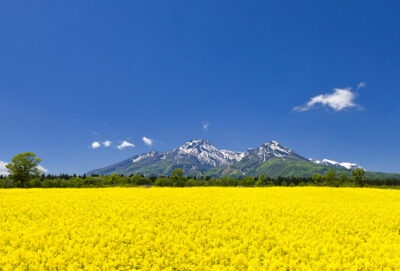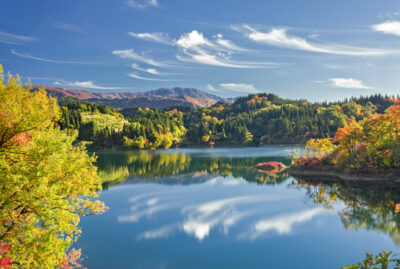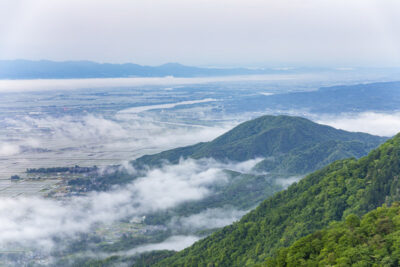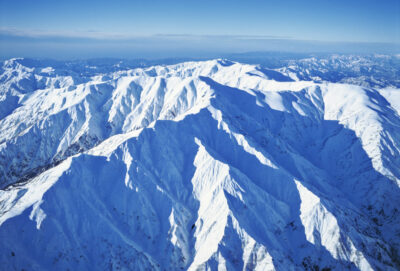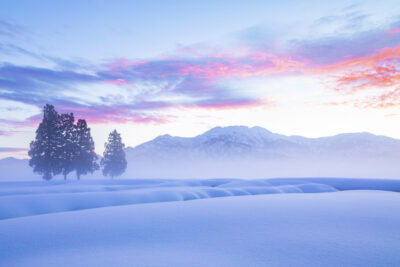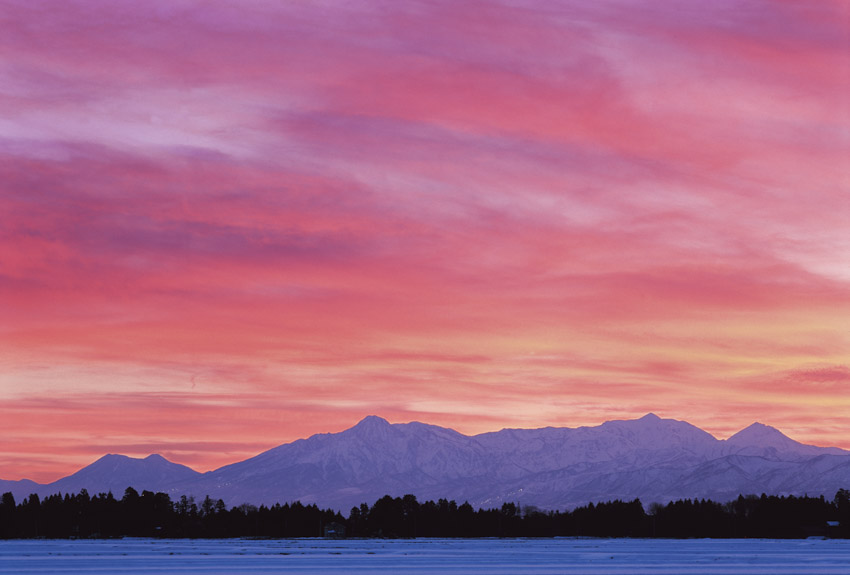
妙高山の夕景
夕焼けが美しい時間帯になると、風景は次第に輪郭を失い、肉眼では細部が見えにくくなります。そのため、バルビゾン派や印象派といった屋外で制作する画家たちの作品には、太陽が沈んだ後の鮮やかな夕焼けを描いたものが多くありません。その理由の一つとして、夕暮れ以降は視界が暗くなり、対象を正確に観察することが難しくなるため、画家たちはこの時間帯の風景をあまり描かなかったと考えられます。
また、当時の写真技術も制約要因でした。19世紀の感光材料はモノクロで感度が非常に低く、夕景や夜景の撮影は困難でした。そのため、多くの写真家がこの時間帯の撮影を断念せざるを得なかったでしょう。
さらに、太陽が沈んだ後の昔の夜道は照明が乏しく、足元も悪く、危険が伴いました。現代のようにヘッドライト付きの車で安全に移動できる時代ではなかったため、夕暮れ以降の制作や撮影は物理的にも制限されていたのです。
現代では、車や人工照明、さらに三脚や高感度カメラの普及によって、肉眼では見えにくい夕景や夜景も記録できるようになりました。そのため、今では太陽が沈んだ後の美しい時間帯の写真や作品が数多く残せるのです。
As the sun sets and the sky turns beautiful shades of orange, the landscape gradually loses its contours and becomes difficult to see in detail with the naked eye. For this reason, there are not many works by outdoor painters such as the Barbizon School and the Impressionists that depict the vivid sunset after the sun has set. One reason for this is that after sunset, visibility becomes poor and it becomes difficult to observe the subject accurately, so painters did not often depict the landscape during this time of day.
Additionally, the photographic technology of the time was also a limiting factor. In the 19th century, photographic materials were monochrome and had very low sensitivity, making it difficult to photograph sunsets and night scenes. As a result, many photographers had no choice but to give up on photographing during this time of day.
Furthermore, the roads at night after sunset in the past were poorly lit, difficult to walk on, and dangerous. Unlike today, when one can safely travel by car with headlights, the physical limitations of the era made it difficult to create or photograph after sunset.
In modern times, with the widespread use of cars, artificial lighting, tripods, and high-sensitivity cameras, it has become possible to record sunsets and nightscapes that are difficult to see with the naked eye. As a result, numerous photographs and works capturing the beautiful hours after sunset are now preserved.
PENTAX67 105mm
©️photo by Nakamura Osamu
